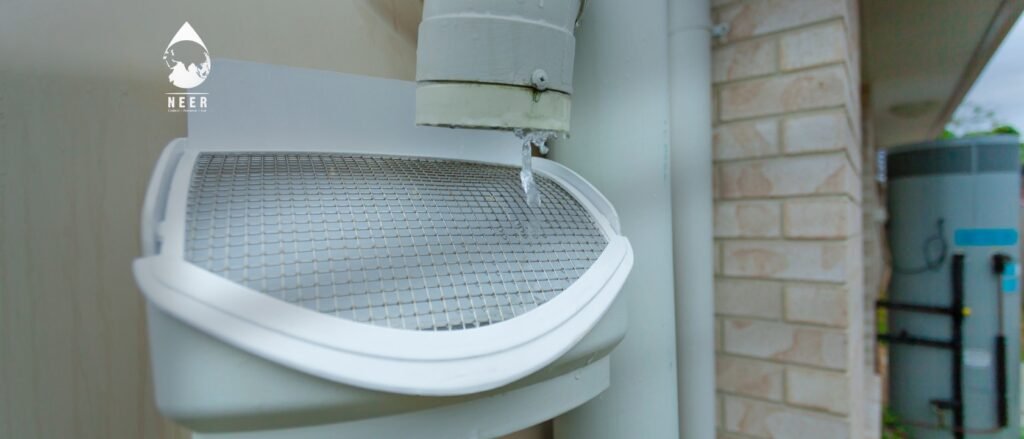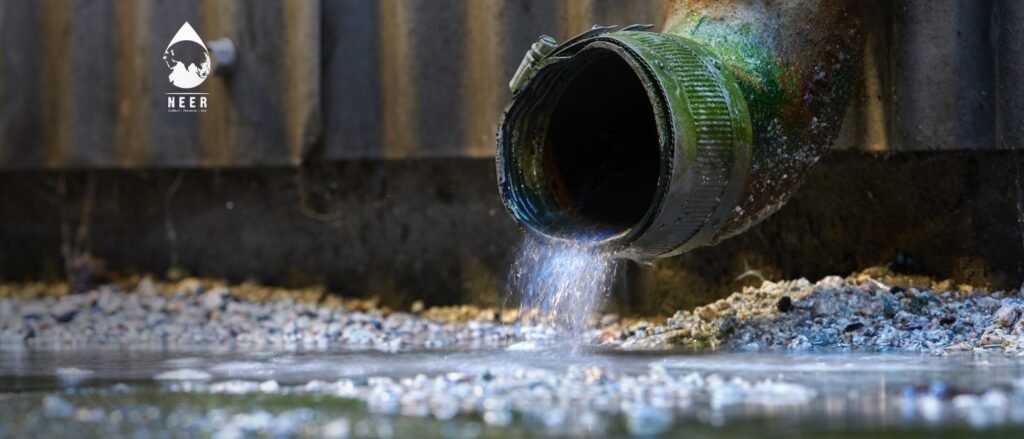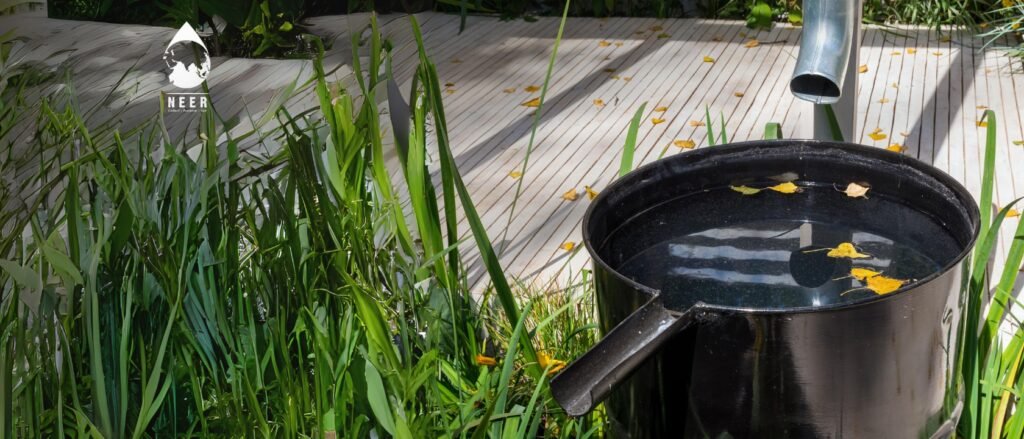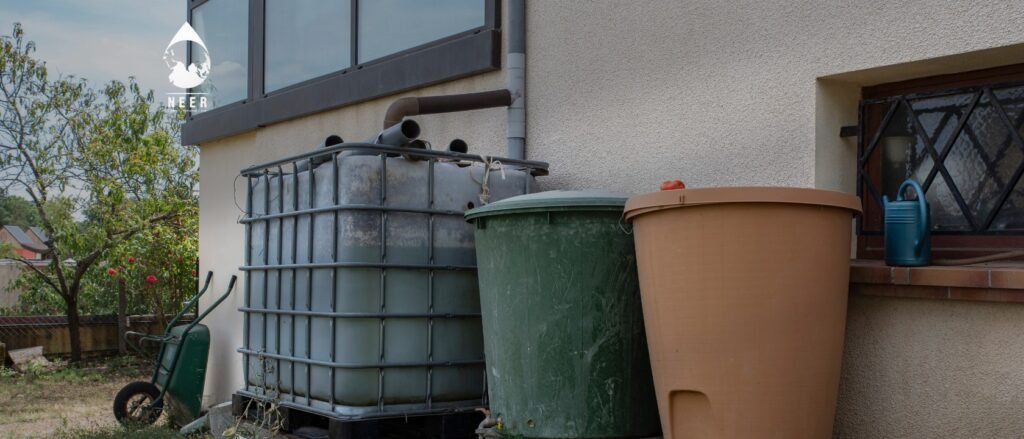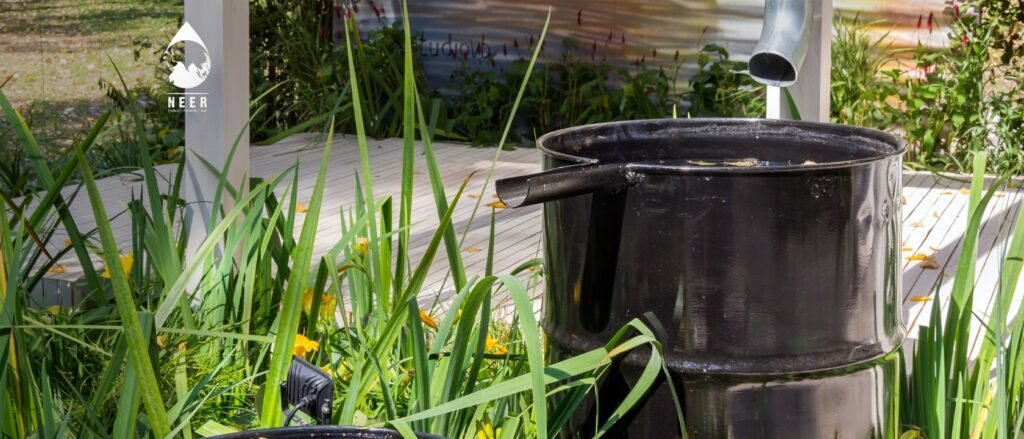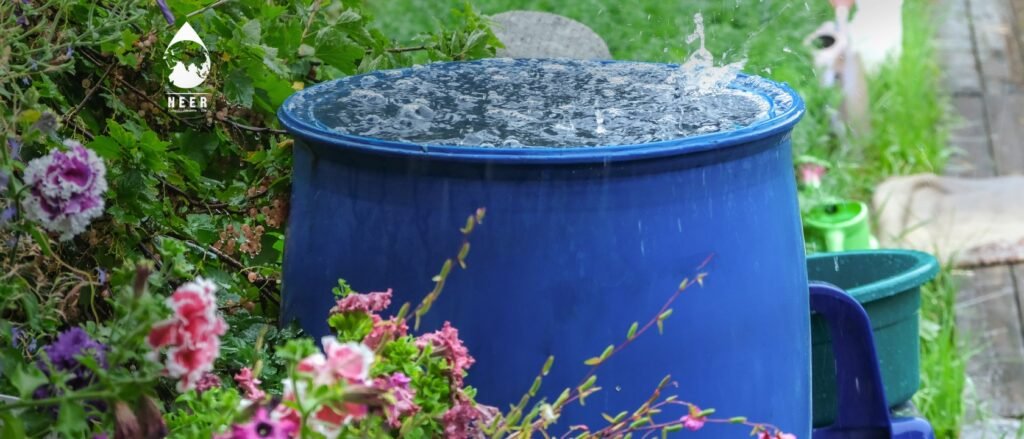March 15, 2024
By: admin
How Rainwater Harvesting Can Reduce Your Water Bills
In today's eco-conscious world, rainwater harvesting is emerging as a key solution for homeowners looking to reduce their water bills and make a positive environmental impact. This age-old practice, modernized for contemporary needs, offers a simple yet effective way to collect and reuse rainwater. Let's explore how rainwater harvesting can lead to significant savings on [...] Read more
March 14, 2024
By: admin
Save Money and the Planet with Rainwater Harvesting
In an era where both economic and environmental sustainability are paramount, rainwater harvesting presents a dual solution: saving money while conserving our planet. This practice, which might seem modest at first glance, holds tremendous potential for households and businesses alike. Let's dive into the world of rainwater harvesting and discover how it can make a [...] Read more
March 14, 2024
By: admin
The Ultimate Guide to Installing a Rainwater Harvesting System
Embracing rainwater harvesting is a significant step towards sustainable living and water conservation. This ultimate guide will walk you through the essentials of installing a rainwater harvesting system at your home or business, ensuring you can collect and use rainwater efficiently. Whether you're a gardening enthusiast, a homeowner looking to reduce water bills, or a [...] Read more
March 14, 2024
By: admin
Transform Your Garden with Simple Rainwater Harvesting Techniques
Gardening is not just about planting seeds and watching them grow; it's about creating a sustainable ecosystem right in your backyard. One of the most effective ways to achieve this is through rainwater harvesting, a practice that not only conserves water but also ensures your plants thrive. This blog will guide you through simple techniques [...] Read more
March 14, 2024
By: admin
Why Rainwater Harvesting is the Future of Sustainable Living
In an age where environmental conservation is more critical than ever, rainwater harvesting stands out as a key player in the future of sustainable living. This simple yet effective method is gaining momentum, underscoring the necessity for individuals and communities to adopt more eco-friendly solutions for managing water resources. Here’s why rainwater harvesting is not [...] Read more
March 14, 2024
By: admin
Unlock the Benefits of Rainwater Harvesting for Your Home
In an era where sustainability is more than a buzzword, rainwater harvesting emerges as a practical solution for homeowners seeking to contribute to environmental conservation while enjoying significant savings. This blog explores the myriad benefits of integrating rainwater harvesting into your home, illustrating how this age-old practice is more relevant today than ever. What is [...] Read more
March 13, 2024
By: admin
How to Take Care of Our Only Earth with Reduce, Recycle, Reuse
In an era where environmental concerns are more pressing than ever, adopting the principles of reduce, recycle, and reuse is crucial for the well-being of our planet. Our only Earth deserves care and protection, and through simple daily actions, we can all make a significant impact. Here’s how you can contribute to taking care of [...] Read more
March 6, 2024
By: admin
Why Your Business Needs a Groundwater Consultant Now More Than Ever
In today's increasingly eco-conscious world, the role of groundwater in sustaining businesses and ecosystems has never been more critical. As water scarcity becomes a pressing issue globally, the need for expert guidance in managing this vital resource is undeniable. Here’s why your business needs a groundwater consultant now more than ever:. Navigating complex regulations Groundwater [...] Read more
March 6, 2024
By: admin
The Environmental Impact of Rainwater Harvesting: What You Need to Know
Rainwater harvesting, an ancient practice now widely recognized as a cornerstone of sustainable water management, has far-reaching environmental impacts. This simple yet effective method of collecting and storing rainwater for later use not only conserves water but also plays a significant role in promoting ecological balance. In this blog, we explore the key environmental impacts [...] Read more
March 5, 2024
By: admin
